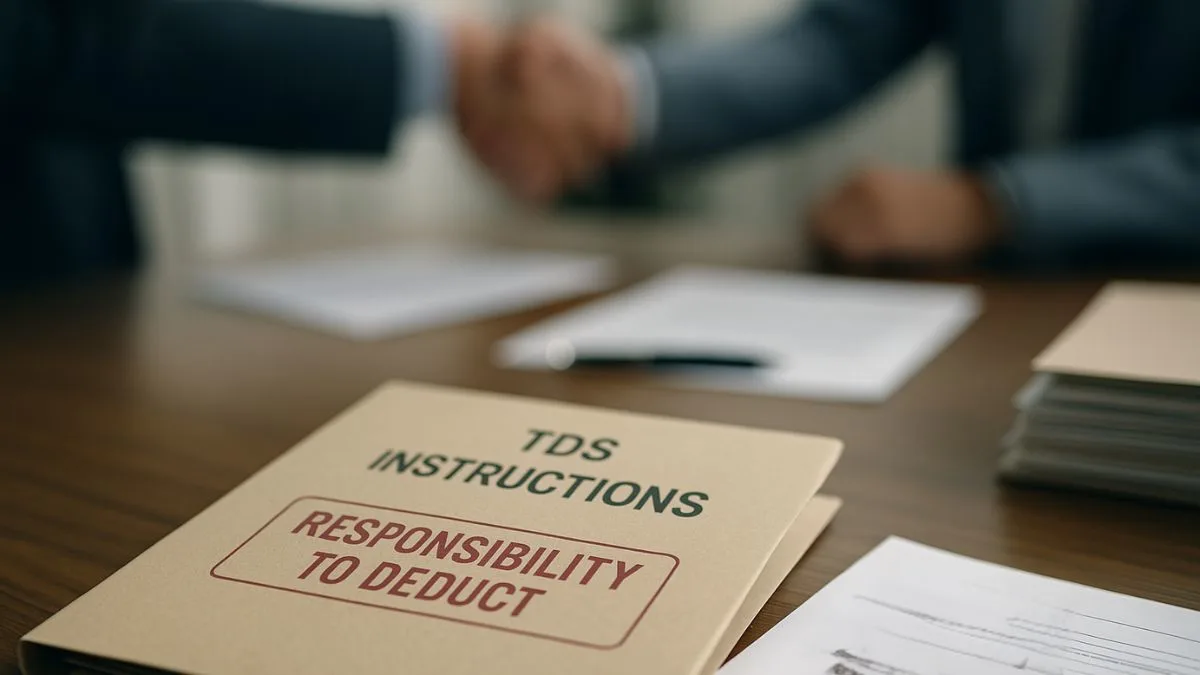
What Is the New Tax Bill 2025?
Complete Breakdown of the Proposed Income Tax Law | Effective FY 2026–27
In a landmark move, the Government of India has introduced the New Tax Bill 2025, aiming to replace the existing Income Tax Act of 1961 with a simpler, modern, and tech-driven taxation system. This overhaul is designed to reduce litigation, improve compliance, and align with the digital economy.
Let’s simplify what the New Income Tax Bill 2025 means for you, what changes it proposes, and when it comes into effect.
📘 Why a New Tax Bill?
The existing Income Tax Act, 1961, has over 60 years of amendments, exceptions, and complex clauses. To:
• Simplify the law for common taxpayers
• Make compliance easier using technology
• Reduce ambiguity and interpretation-related disputes
…the government proposed a completely restructured tax code through the Income Tax Bill, 2025.
🧾 Key Highlights of the New Tax Bill 2025
✅ 1. Revised Income Tax Slabs (From FY 2026–27)
The New Bill proposes revised tax slabs under the default regime:
| Annual Income | Tax Rate |
| Up to ₹4,00,000 | Nil |
| ₹4,00,001 – ₹8,00,000 | 5% |
| ₹8,00,001 – ₹12,00,000 | 10% |
| 12,00,001 – ₹16,00,000 | 15% |
| ₹16,00,001 – ₹20,00,000 | 20% |
| ₹20,00,001 – ₹24,00,000 | 25% |
| Above ₹24,00,000 | 30% |
📌 Standard Deduction has also been increased from ₹50,000 to ₹75,000, giving added relief to salaried taxpayers.
✅ 2. New Filing Framework & Simplified Provisions
• The number of sections has been drastically reduced
• Definitions are standardized and clarified
• Filing and compliance processes will be fully digitized
• Focus on pre-filled returns and automated assessments
This will significantly benefit individual taxpayers, senior citizens, and MSMEs.
✅ 3. Updated Powers for Tax Authorities (With Safeguards)
While the bill empowers the department to access digital records (e.g., banking, trading, social media in high-value cases), it also introduces:
• Stronger data protection norms
• Reason-based approvals for search and seizure
• Time-bound assessments to improve taxpayer confidence
✅ 4. Tax Residency & NRI Status Unchanged
Despite concerns, the bill does not change the existing NRI rules:
• Individuals earning over ₹15 lakh in India but not taxable abroad will continue under the RNOR (Resident but Not Ordinarily Resident) category
• Their foreign income remains untaxed in India
This brings relief to NRIs and expatriates.
✅ 5. When Will the New Bill Apply?
The New Income Tax Bill, 2025, is proposed to come into effect from 1st April 2026, i.e., it will be applicable for:
• FY 2026–27
• Assessment Year 2027–28
The current Income Tax Act, 1961, remains applicable till FY 2025–26.
🧠 What Does This Mean for You?
If you’re a:
• Salaried individual: You may benefit from a higher exemption + simpler filing
• Business owner or freelancer: Fewer compliances and faster processing
• Investor or NRI: Rules remain stable, offering clarity
But—deductions and exemptions are expected to be minimal under the default regime. Strategic planning will matter more.
Final Words
The New Tax Bill 2025 is a game-changing reform for Indian taxpayers. With revised slabs, increased standard deduction, streamlined compliance, and digital-first processes, it marks a shift towards simplified taxation with greater transparency.
While the transition may require some adjustments, the long-term impact is likely to be taxpayer-friendly and pro-growth.
💡 Tip: Start aligning your finances in FY 2025–26 so you’re ready for the new system by FY 2026–27.
Unsure how the New Tax Bill 2025 affects you?
Our experts simplify the updates and help you adjust your tax strategy with confidence.
👉 https://callmyca.com/business-tax-filing











